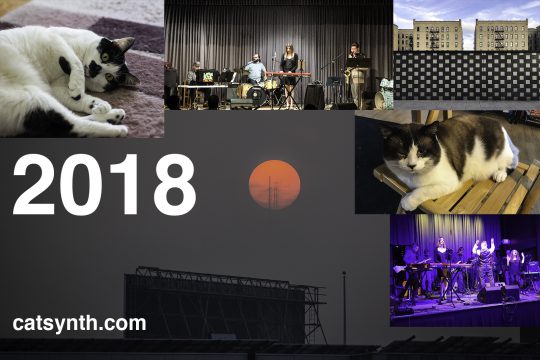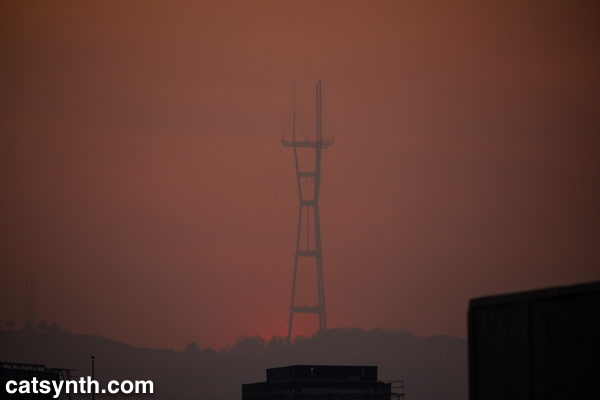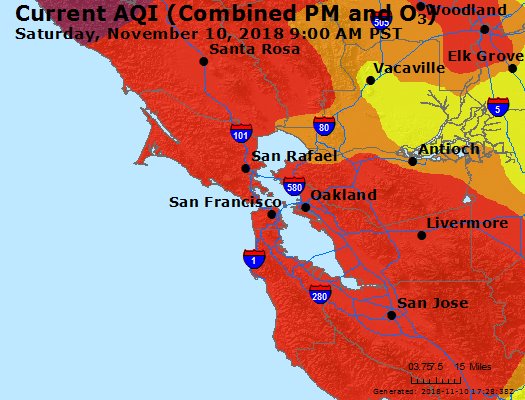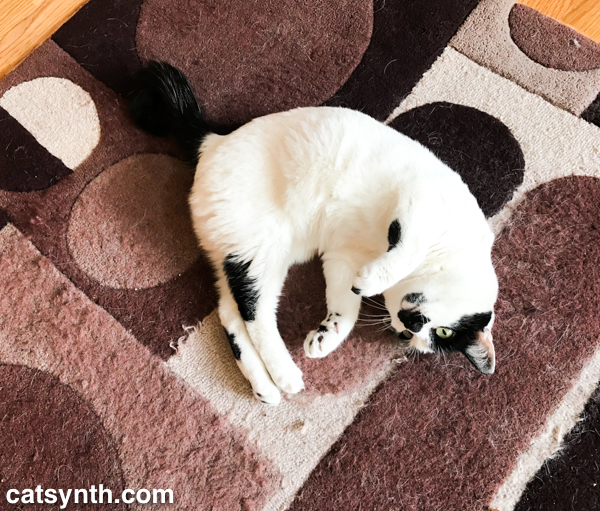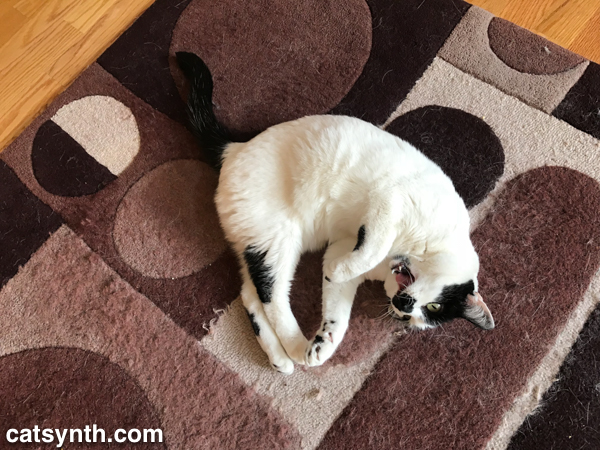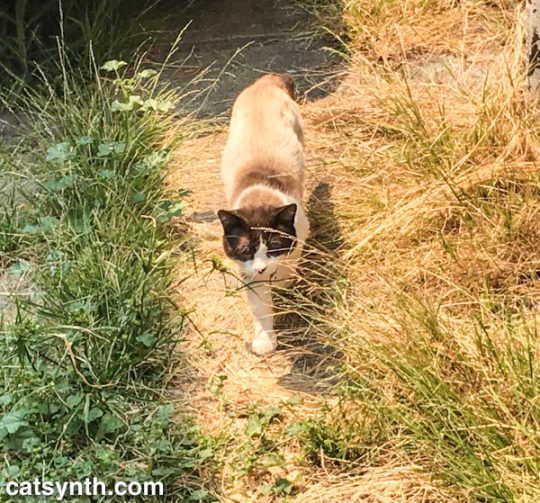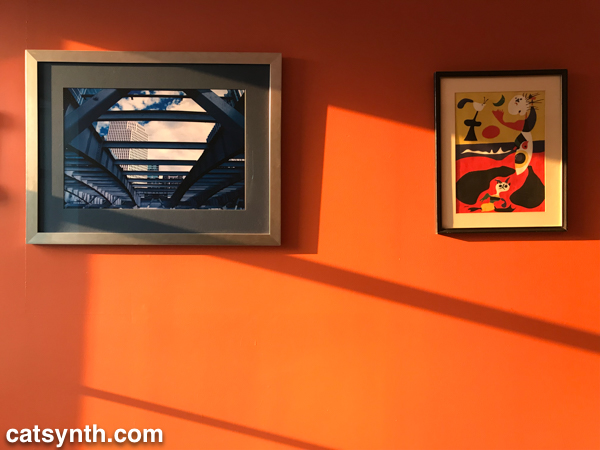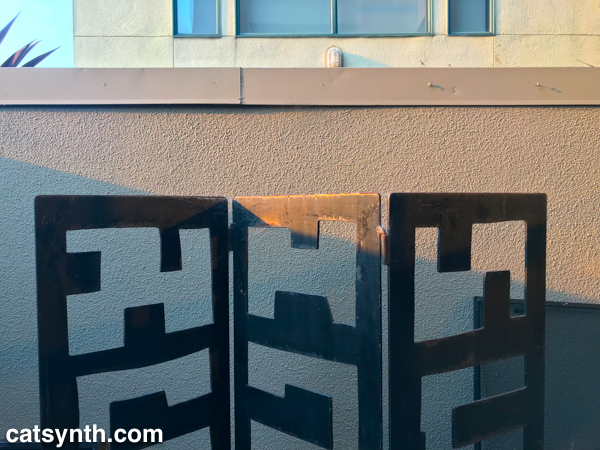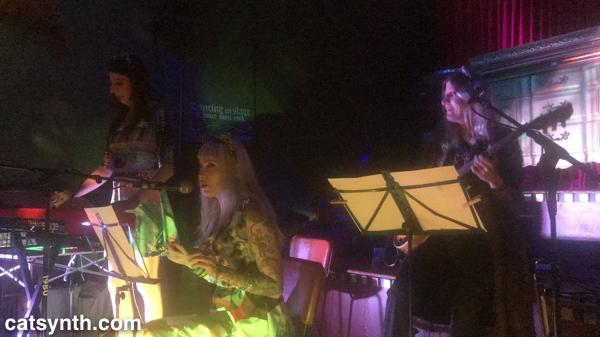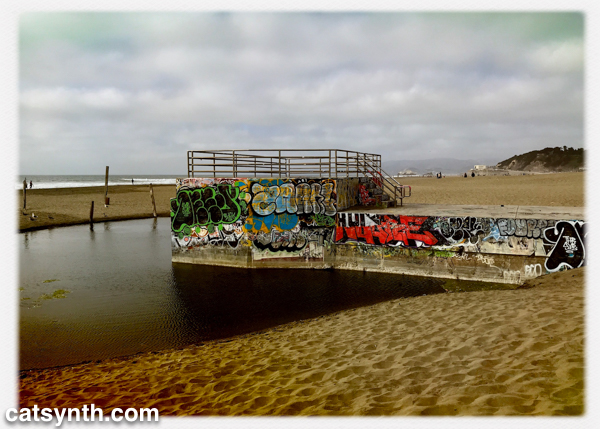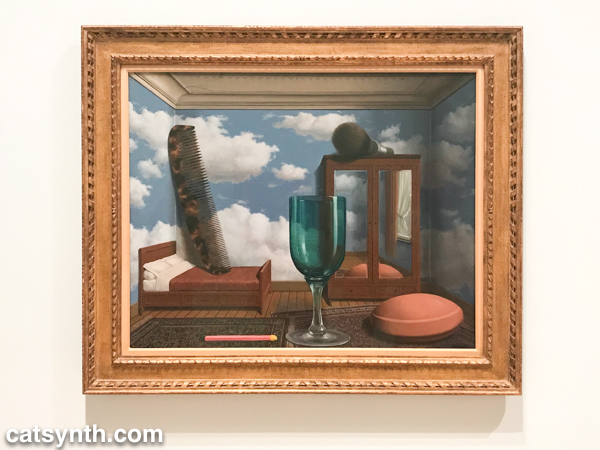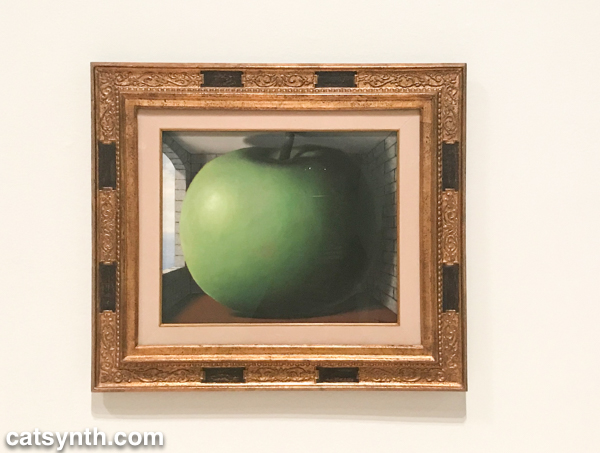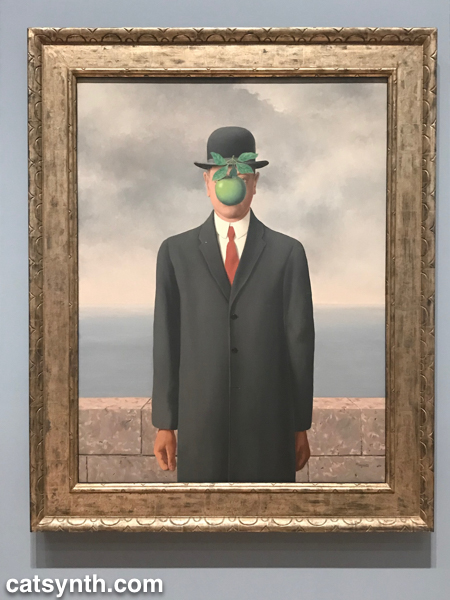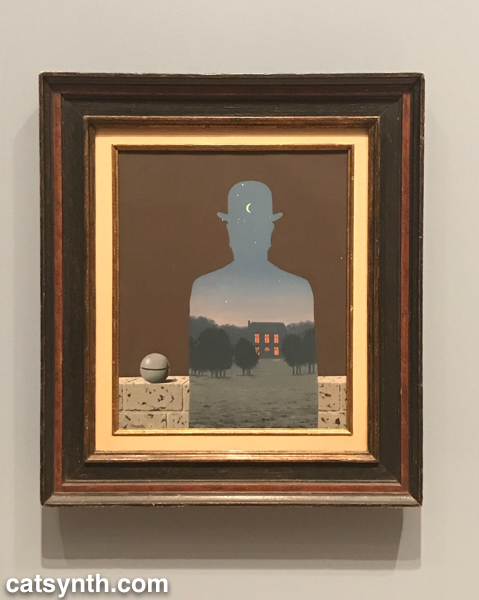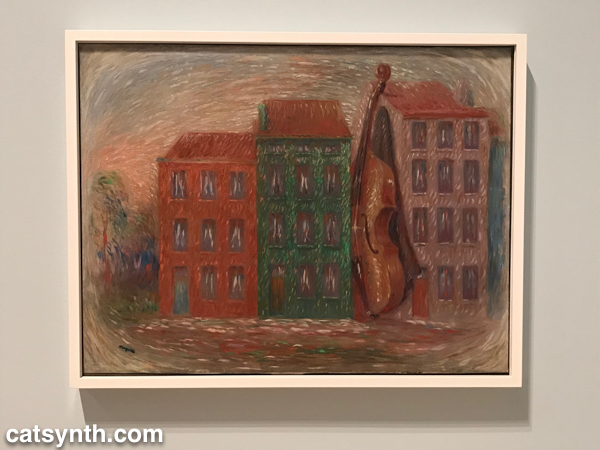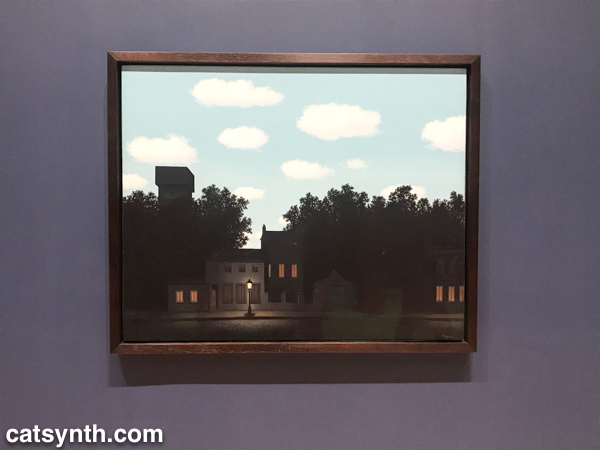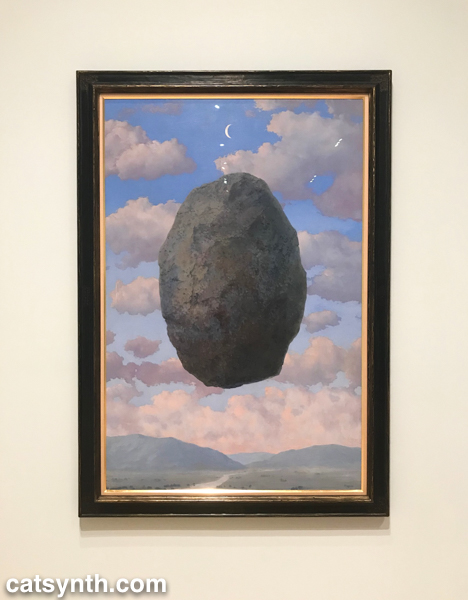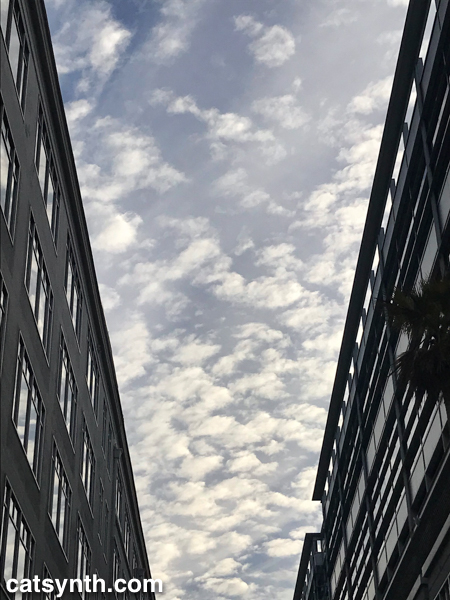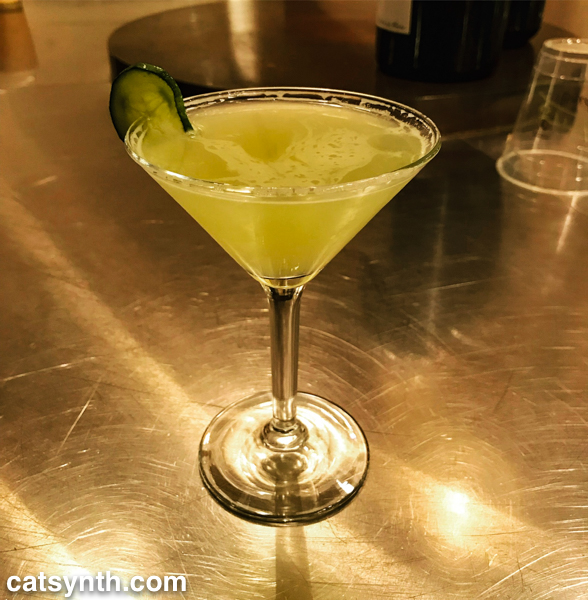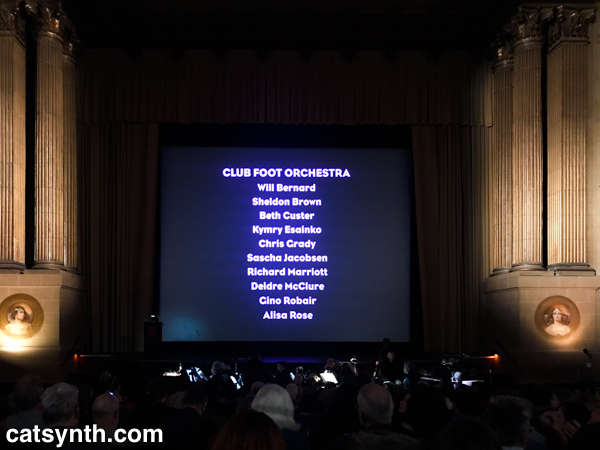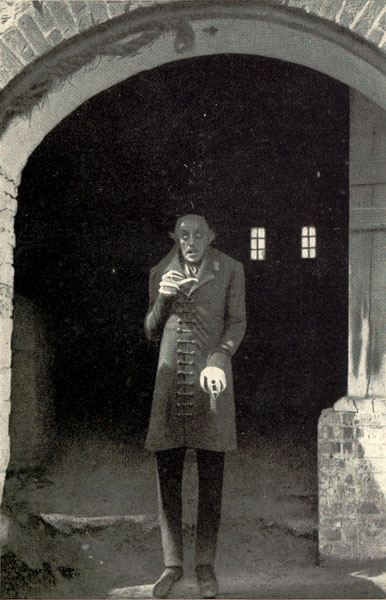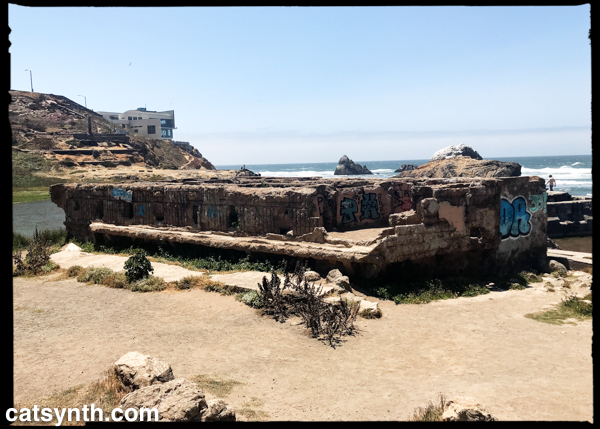The end-of-year colage has become a long-standing tradition here at CatSynth, and one that I particularly enjoy. It was a complex year, and the images reflect that. Our cats Sam Sam and “Big Merp” (who has pretty much become an indoor-outdoor cat at his new home in Oakland), some great shows including outstanding performances with CDP and Vacuum Tree Head, a wonderful and restorative visit back to New York. It was also dark and fiery at times, as when the Camp Fire leveled the town of Paradise and bathed our sky in smoke and ash – beautiful and tragic all at once.
Another New Year tradition at CatSynth is to share some stats from the past year. First, the basics:
- 309 posts
- 169 Cat-and-music posts
- 78 episodes of CatSynth TV
Our top posts for the year, using the somewhat shaky measurements of Google Analytics:
- Wordless Wednesday: Windmill (Golden Gate Park)
- Aretha Franklin: Rock Steady
- Secret Chiefs 3 and Cleric play Zorn’s Masada
- Women’s March 2018 in San Francisco
- CatSynth Pic: White Cat and Modular, Vertical View
It was heartening to see such a diverse set of posts top the list. However, this belies the fact that blog readership is way down, and eclipsed by Facebook and YouTube / CatSynth TV. Most of our referrals to the blog come from these two sources; but most activity stays on Facebook and YouTube. On the plus side, CatSynth TV viewership has grown significantly. Here are the top videos for the year.
- NAMM 2018: Mellotron! [Episode 34]
- Arturia MiniBrute 2 Part 1
- Arturia MiniBrute 2 Sequencer [Episode 61]
- NAMM 2018: Rossum Electro Music Assimil8or [Episode 31]
- Volca FM: Deconstructed Electric Piano [Episode 53]
Clearly, the NAMM reviews and synth demos dominate the channel, though I am proud of the diversity of art, music, and culture topics shared there as well. Overall, we at CatSynth do see the writing on the wall, and the efforts in 2019 will probably accelerate the shift from blog to video in terms of time, energy and investment.
On a more personal and introspective note, 2018 was a year we accomplished a lot. At the same time, it ends feeling like I both did too much and didn’t do enough. There are still so many things going on, even as we tried to consolidate and focus. One of the challenges going into 2019 will be looking at how to stay organized and even more focused, without giving up on all that we do. Also, like birthdays, a new year is a reminder that time is passing, and we are getting a bit older. Taking care of myself will also be a priority.
Thank you all as always for sharing this past year with us, and wish wish everyone a Happy New Year!

